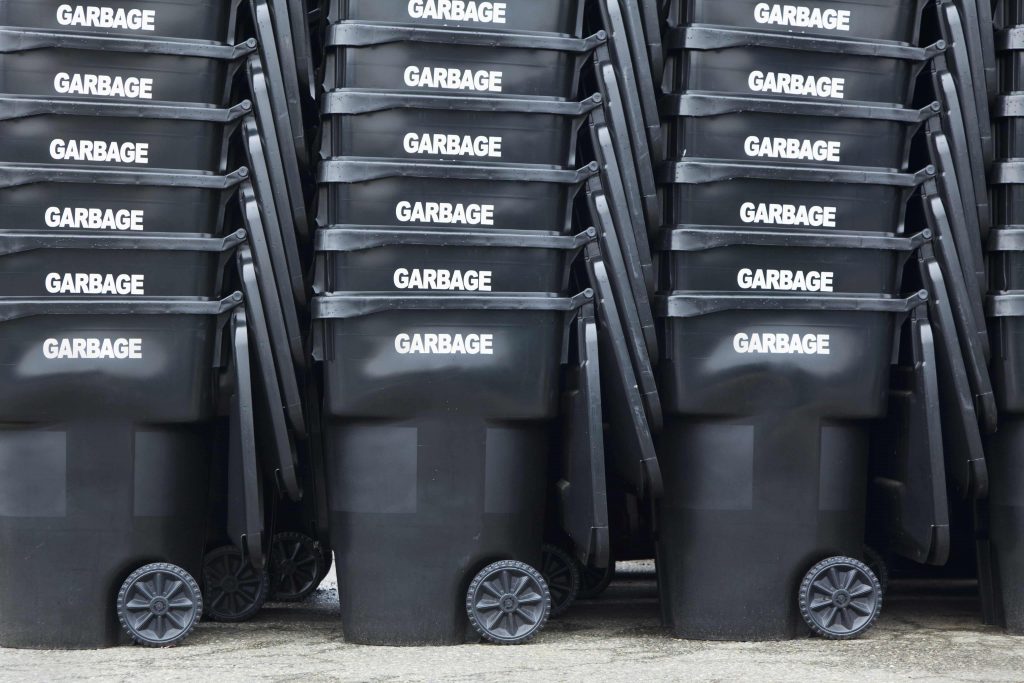Waste & material traceability solution for sustainable facilities

There might not be a Planet B, but it is not home anyway. Therefore, stop looking for the B and try to turn your home right here into a better place. Life is no longer only about consuming in order not to die. Survival of the fittest motto is transferred to another dimension and continues to be such day by day.
The “take, use, and throw away” equation has become a must in our everyday routines. Every other day, it takes up more and more space in all of our routines. Whether mandatory or arbitrary, buying is the most crucial part of our lives. The more we buy, the more we throw; the more we throw, the dirtier we all get. Purchasing something sustainable rather than those that are not is quite crucial for the environment to get minimum harm. Yet, it is not possible to keep it at zero. Today, cities are developing smart waste management methods to like the pay as you throw (PAYT) system to overcome municipal waste problems.
Likewise, it is up to us, citizens and decision makers, to eliminate the damage caused by people who do not even try to reduce the harm level. In this context, municipal solid waste management is the collection, processing, and disposal of discarded solid material because it no longer serves its purpose or is useless.
However, this is a fundamental issue because improper disposal of municipal solid waste can create unsanitary conditions. As a result, environmental pollution and the spread of various diseases are inevitable. One of the newest and most valuable methods for avoiding all these problems and creating a better tomorrow is the pay as you throw (PAYT).
PAYT is a waste fee mechanism in which the amount of mixed waste transferred to the waste management system is proportional to the waste amount fees charged by consumers. PAYT aims to implement the “Polluter pays” concept, which will lead to expected waste management outcomes, such as waste segregation for proper recycling while minimizing mixed waste. Although there are numerous forms of PAYT, not all are equally successful. So, there are pay as you throw disadvantages, especially in traditional techniques.

Furthermore, PAYT programs are divided into three categories according to the waste amount.
Full-unit pricing allows users to pay in advance for all the garbage they want to be collected by buying a tag, a personalized bag, or a specific size container.
For partial-unit pricing cases, the city government or municipality sets a limit on the amount of bags or bins of garbage that can be collected by covering the cost of the collection with taxes. Users may purchase additional pay as you throw trash bags or containers if the user exceeds the authorized volume.
Variable-rate pricing is the last type. For adequate implementation, users can rent a container of varying sizes (up to five in some programs), with the price based on the amount of waste produced.
In addition to all these, let’s move on to another dimension about pay as you throw solid waste relationship and its implementation methods.
When waste fees are based on the number of containers drained, volume-based systems are advantageous.
They are preferable when waste fees depend on the amount of waste sacks used, such as when only waste disposed of in individual prepaid sacks is collected.
If waste fees are paid based on the weight of the waste collected in a given container, weight-based schemes are useful.
They are waste collection systems that charge fees based on how much a container is left out for collection. Authorities can use this method in conjunction with volume and weight-based schemes.
Regardless of the type of PAYT used, the system must have a user-friendly and efficient collection infrastructure for the separately collected fractions that covers the broadest possible range of waste forms.
Residents’ participation is also vital for the PAYT scheme’s sustainability, as it prevents illegal dumping and waste transfer to areas not covered by the PAYT scheme. Besides all that theoretical information, let’s move on the more concrete level : PAYT success stories.
In 1995, South Korea started to implement a bag-based PAYT scheme, which resulted in a major reduction in general waste volumes. According to experts, South Korea also has one of the highest recycling rates in the world, thanks to its PAYT scheme.
There are now financial benefits to recycling: the more you recycle, the less general waste you have to pay for. Towns that introduced PAYT in New Hampshire saw a significant reduction in trash disposal.
The study also acknowledges that the rise in recycling rates generally associated with PAYT was not statistically significant in New Hampshire. However, this means that people created less waste rather than diverting garbage from general waste to recycling, which is another desirable outcome.
Furthermore, as the EU pointed out, a comprehensive waste collection service in the Portuguese city of Maia is putting them to rest. The scheme has now increased recycling by 33%, thanks to the Pay As You Throw system, which provides door-to-door collection and electronically tracks garbage and recycling throughout the area. They also listed the following advantages:

Briefly, PAYT systems are a powerful tool for increasing waste separation, recycling, and reduction. As a result:
It is crucial to always keep in mind that citizens’ role in waste management is to explore the limitless possibilities of intelligent citizen management that best suits the current era. Also, the decision-maker authorities’ role to implement these cutting-edge solutions inclusively.
As Evreka, we provide you all the chance to explore the most practical way for your hometown, following its characteristics through Engagement, Evreka360, and other unique solutions. Contact us today to optimize the whole PAYT operations!